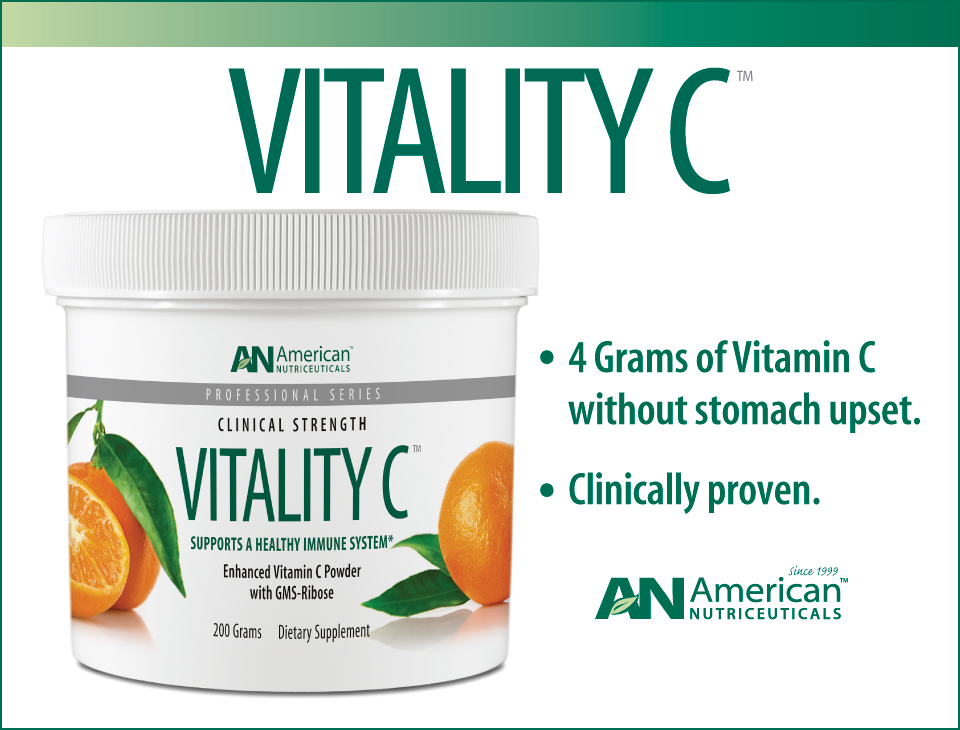Tori Hudson, ND
One of my common uses of PEA (palmitoylethanolamide) is for cases of endometriosis. Let me tell you a bit about endometriosis and then a bit more about endometriosis and PEA.
Endometriosis is the presence of endometrial-like tissue outside the uterus. The endometriosis implants are usually located in the pelvis: ovaries, anterior and posterior cul-de-sac, posterior broad ligaments, uterosacral ligaments, uterus, fallopian tubes, sigmoid colon and appendix, and round ligaments.
It is estimated to affect approximately 7-10% of women, and more than 60% of women with chronic pelvic pain. It’s prevalence is about 50% of women who are infertile.
Endometriosis is a complex disorder with multiple mechanisms at play, including oxidative stress, immune dysfunction, angiogenesis, prostaglandin imbalance, growth factors, and hormonal influences. While many practitioners mistakenly focus on hormone imbalance, the facts are different.
The primary hypothesis is that women with endometriosis have a defective immune system that is unable to recognize and properly mount an immune response to endometrial fragments within the pelvic cavity. Pathways involving immunity, growth factors, inflammation, oxidative stress, angiogenesis, and hormone receptors (not hormone levels or hormone metabolism) are affected and dysregulated.
One of the hallmarks of endometriosis is pelvic pain including menstruation pain, but some women also have pelvic pain at other times of the month—if not all month. There can also be changes in the bleeding and cycle itself. The goals of treatment are the following:
- Correct/improve underlying affected pathways,
- Halt the growth and activity of endometriotic lesions,
- Control irregular bleeding,
- Restore fertility, if desired,
- Reduce pain, and
- Prevent adhesions.
PEA (palmitoylethanolamide) is an endocannabinoid-like molecule that our bodies produce in the mast cells and microglial cells as needed to deal with bodily stress, inflammation, or pain. PEA does not bind to the classical cannabinoid receptors. Its main effects include regulating of inflammation, oxidative stress, reducing pain and reducing the perception of pain. I cite below three important studies in the rationale for the role of PEA in treating endometriosis.
The aim of this first study was to evaluate the effectiveness of an ultramicronized-palmitoylethanolamide (um-PEA) and co-micronized palmitoylethanolamide/polydatin (m-PEA/PLD) in the management of chronic pelvic pain due to endometriosis.1
Thirty symptomatic women with laparoscopic surgery-proven endometriosis were treated with um-PEA 600 mg twice daily for 10 days followed by m-PEA/PLD) 400 mg+40 mg twice daily for 80 days. The pills were taken 12 hours apart. The intensity of their chronic pelvic pain, dyspareunia, dysmenorrhea (menstrual cramping), dyschezia (difficulty with bowel movements) and dysuria (pain with urination) were evaluated at baseline, after 10, 30, 60, 90 days and after 30 days from the end of treatment. Quality of life and well-being were evaluated at baseline and at the end of the treatment after 90 days.
At the end of the treatment period, all women showed a significant improvement in chronic pelvic pain, deep dyspareunia, dysmenorrhea, dyschezia, as well as in quality of life and well-being. There was also a significant reduction in the use of pain medications.
Prior to the above study, a combination PEA and alpha-lipoic acid (ALA) was used in a study of women with chronic pelvic pain and published in 2015.2 The purpose of this study was to evaluate the effects of the association between PEA and alpha-lipoic acid (LA) on quality of life and sexual function in women who had endometriosis-associated pelvic pain.
Fifty-six women were given PEA 300 mg and LA 300 mg twice daily. The Short Form-36 (SF-36), the Female Sexual Function Index (FSFI) and the Female Sexual Distress Scale (FSDS) were used to assess the quality of life and sexual function/distress. There were follow-up evaluations at 3,6 and 9 months.
No changes were observed in pain, quality of life, and sexual function at the 3rd month follow-up; but by the 6th and 9th month, pain symptoms and quality of life categories all improved. The FSFI and FSDS scores did not change at the 3-month evaluation, but at 6 and 9 months, they improved over baseline.
In the earliest study, published in 2011, the purpose was to evaluate the effectiveness of the association between N-palmitoylethanolamine and transpolydatin in the management of chronic pelvic pain related to endometriosis.3
This was a randomized, double-blind, parallel-group, placebo-controlled clinical trial involving 61 women who had laparoscopic confirmed endometriosis. Women were randomized into 3 groups: group A (n=21) received N-palmitoylethanolamine-transpolydatin 400 mg + 40 mg twice a day for 3 months; group B (n=20) received placebo for 3 months; group C (n=20) received a single course of Celecoxib 200 mg twice a day for 7 consecutive days. The severity of the pelvic pain and dyspareunia were assessed before and after treatment with a questionnaire and rating scale.
There was a significant decrease in dysmenorrhea, dyspareunia, and pelvic pain observed in all groups, and PEA was more effective than placebo. The anti-inflammatory Celecoxib was more effective than PEA or placebo in decreasing pelvic pain.
Based on these three studies, I would recommend PEA along with other important researched neutraceuticals in the treatment of endometriosis, including resveratrol, curcumin, green tea, N-acetyl cysteine, quercetin, and melatonin.
References
- Stochino Loi, E, Pontis A, Cofelice V, et al. Effect of ultramicronized-palmitoylethanolamide and co-micronized palmitoylethanolamide/polydatin on chronic pelvic pain and quality of life in endometriosis patients: An open-label pilot study. Int J Women’s Health 2019;11:443-449.
- Caruso S, Iraci Sareri M, Casella E, et al. Chronic pelvic pain, quality of life an dsexual health of women treated with palmitoylethanolamide and alpha-lipoic acid. Minerva Ginecol 2015 Oct;67(5):413-9.
- Luigi Cobellis, et al. Effectiveness of the association of micronized N-Palmitoylethanolamine (PEA)-transpolydatin in the treatment of chronic pelvic pain related to endometriosis after laparoscopic assessment: a pilot study. European J of Obstetrics and Gynecology and Reproductive Biology. Sep;158(1):82-6.
Published September 9, 2023
About the Author

Tori Hudson, ND, is a nationally recognized author (book: Women’s Encyclopedia of Natural Medicine second edition, McGraw Hill 2008), speaker, educator, researcher, and clinician. She serves on several editorial boards, advisory panels and as a consultant to the natural products industry. Dr. Hudson graduated from the National University of Natural Medicine (NUNM) in 1984 and has served the college in several capacities, including Medical Director, Associate Academic Dean, and Academic Dean. She is currently a clinical adjunct professor at NUNM, Southwest College of Naturopathic Medicine, Bastyr University, and the Canadian College of Naturopathic Medicine.
Dr Hudson has been in practice for more than 36 years. She is the medical director of her clinic, A Woman’s Time in Portland, Oregon, co-owner and director of product research and education for VITANICA, and the program director for the Institute of Women’s Health and Integrative Medicine. She is also the founder and co-director of NERC (Naturopathic Education and Research Consortium), a non-profit organization for accredited naturopathic residencies.



